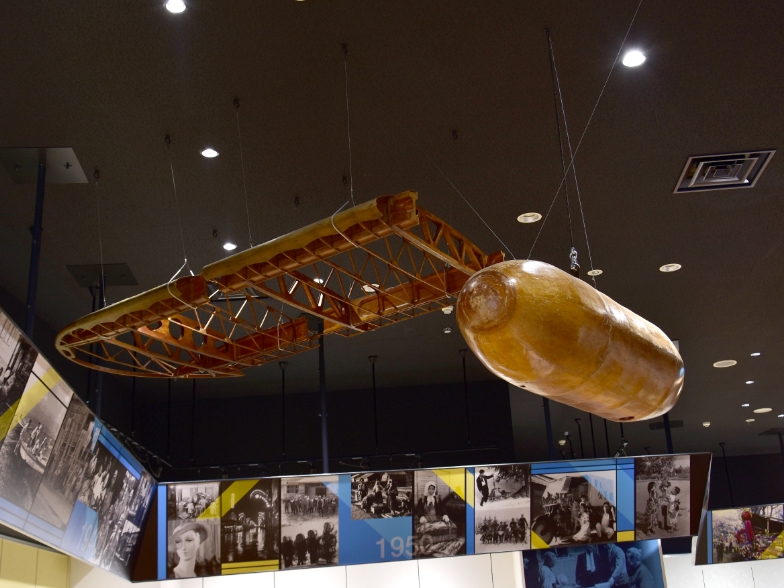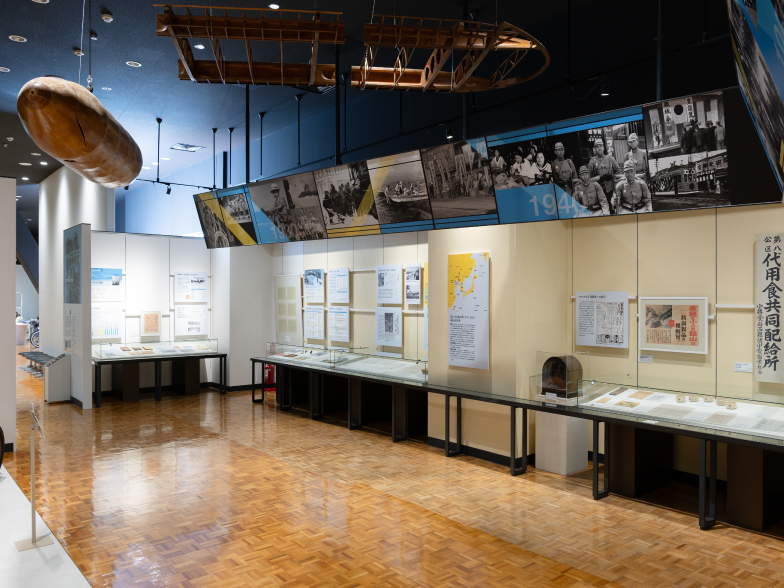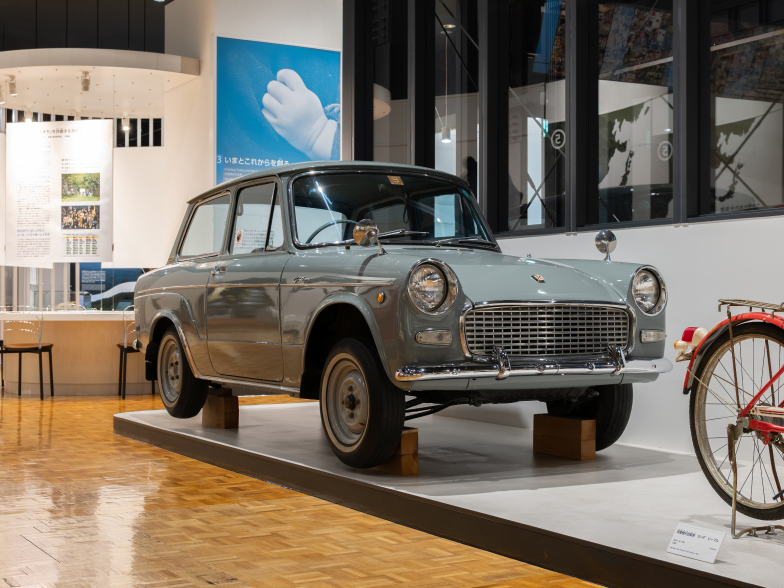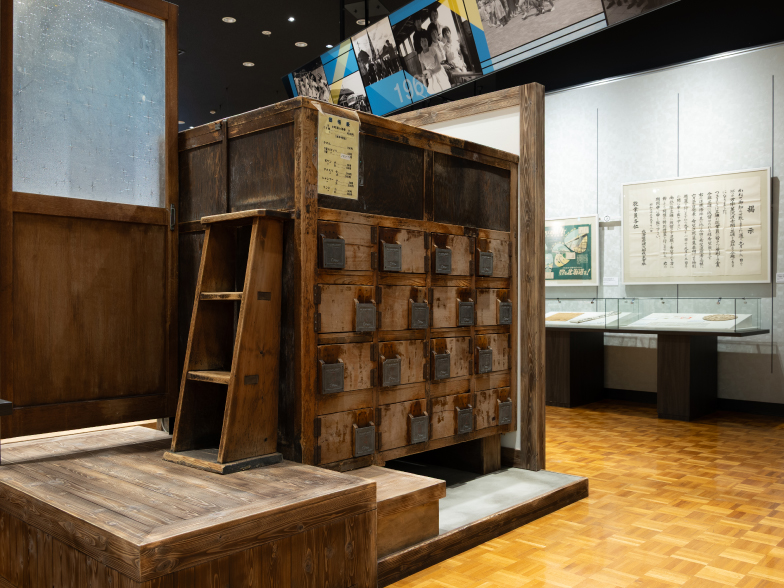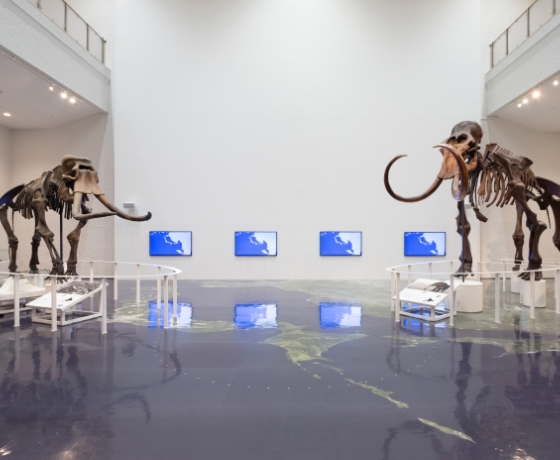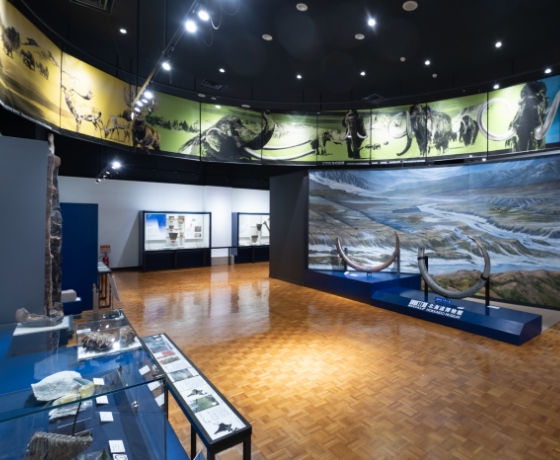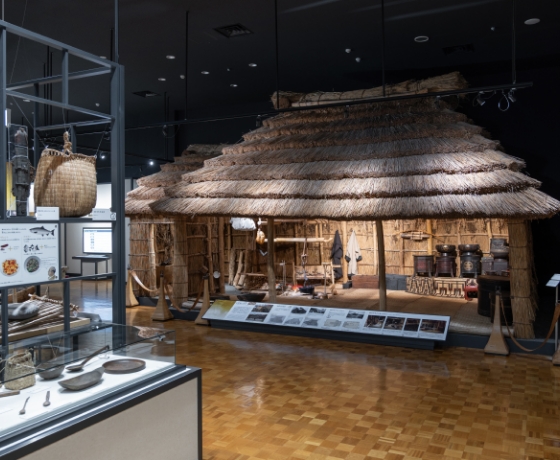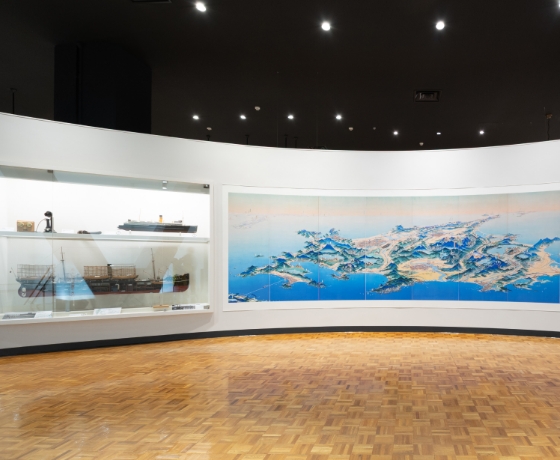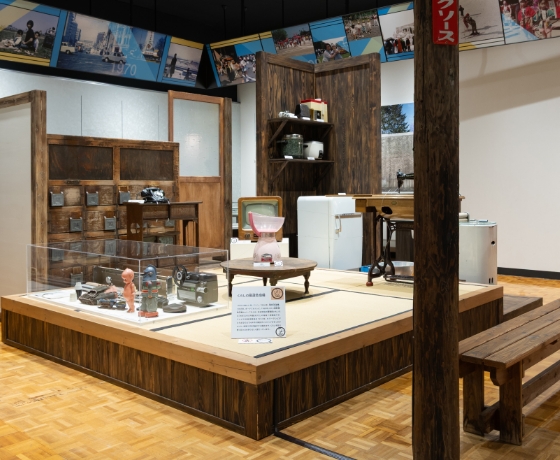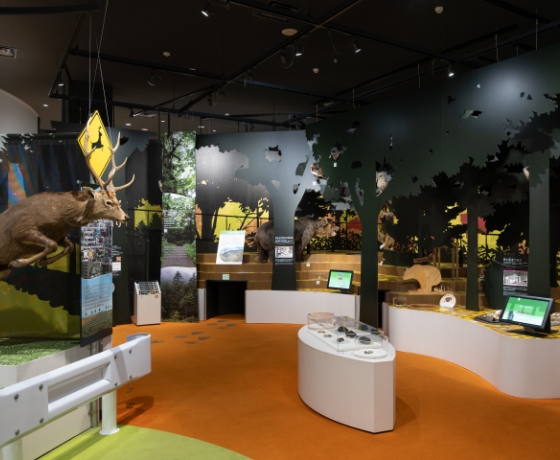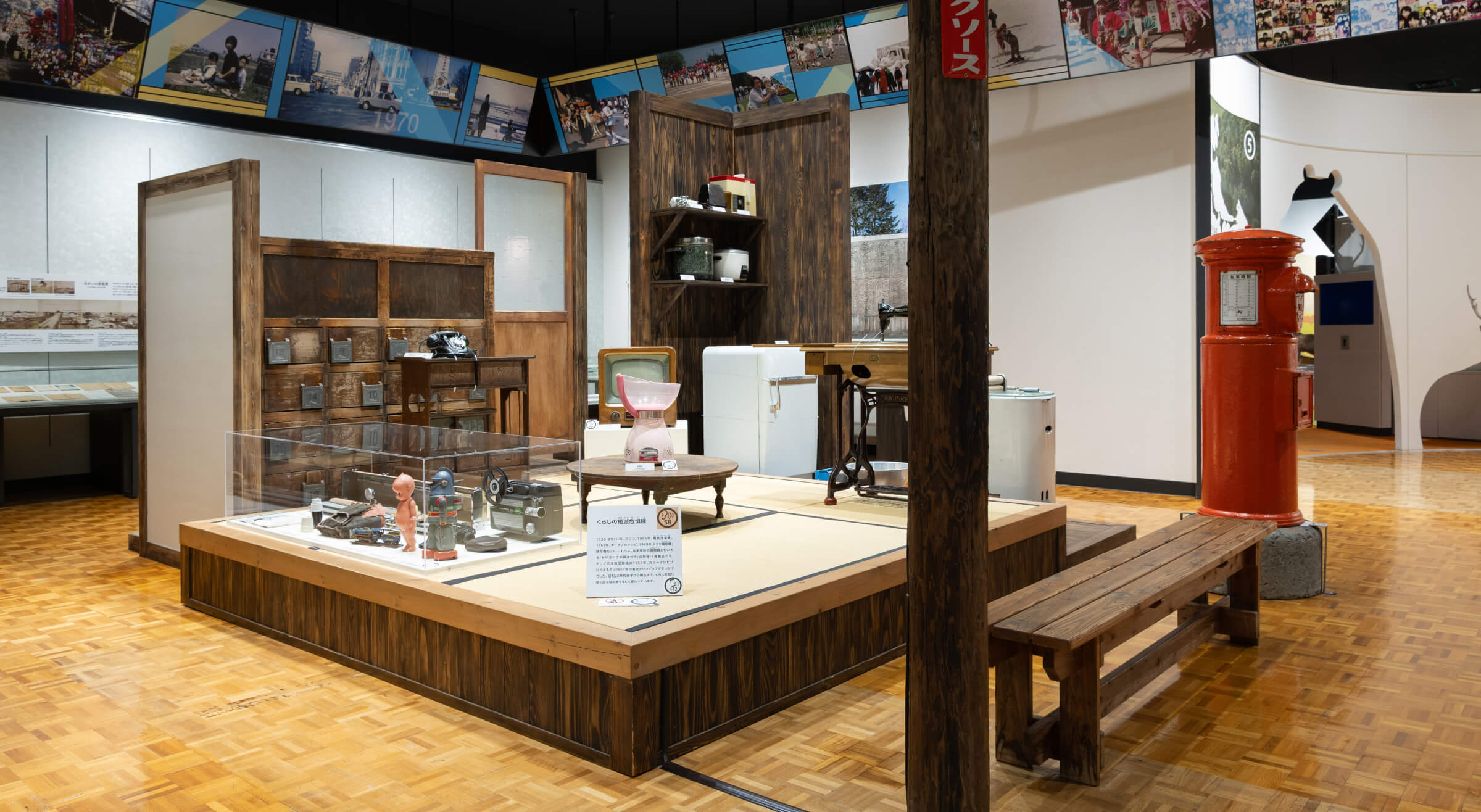
Over the past hundred years, which have included major wars, our ways of life, social structure, and relationship with nature have changed greatly. What manner of things have we experienced, and how have these experiences shaped our current way of living? Let us consider the various activities and observations of humans while we think together about Hokkaido’s present, and gain insights towards its future.
Theme 4: Towards Our Time
4-1: The Asian Wars and Hokkaido
4-2: The Era of Rapid Economic Growth
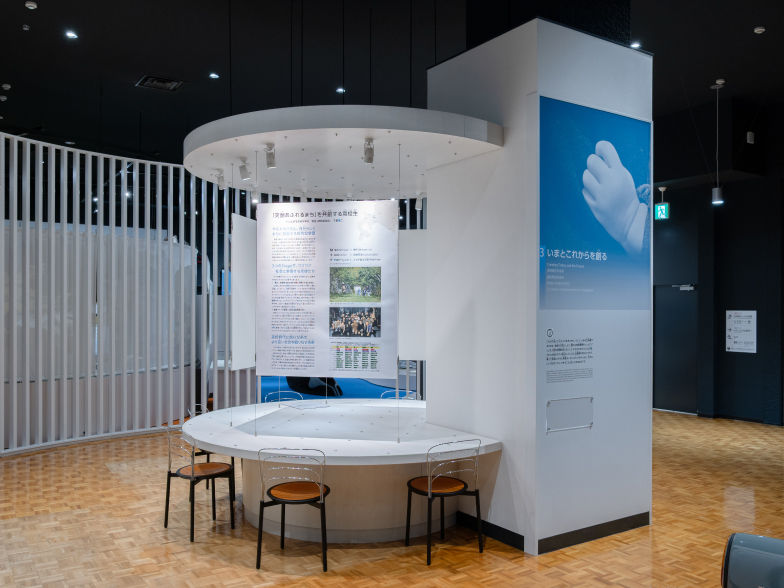
4-3: Creating Today and the Future
Exhibits
Labors, Farmers and Takiji Kobayashi
Labors, Farmers and Takiji Kobayashi
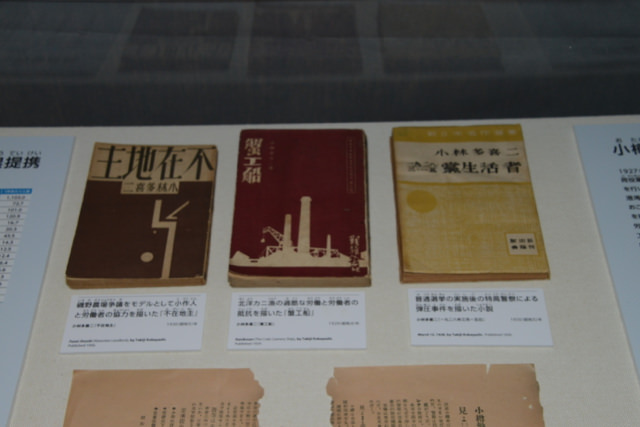
The support for the Isono farm tenancy meetings and docker's dispute had continued in Otaru in 1927. The dispute by farmers and labors had a big support from both inside and outside Hokkaido. Takiji Kobayashi, a well known Japanese writer, worked his way through Otaru higher commercial school(currently Otaru University of Commerce) and became a banker at the Hokkaido Takushoku Bank Otaru branch. As well as working as a banker, he supported these disputes and wrote about the harsh working conditions in Hokkaido and Hokuyo.
Wooden Fighter Plane Prototype Main Wing and Auxiliary Fuel Tank
Wooden Fighter Plane Prototype Main Wing and Auxiliary Fuel Tank
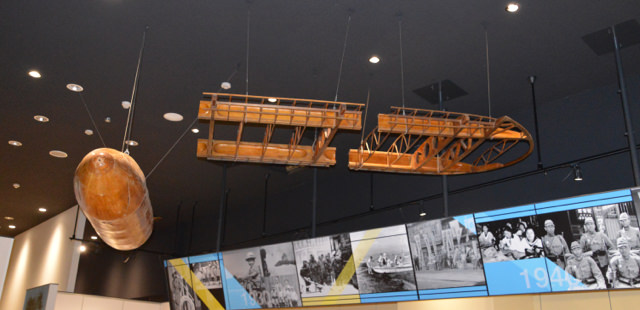
The wing (two-thirds of the main right wing) and the auxiliary fuel tank hanging from the ceiling at center were components of a wooden fighter plane prototype created at the Industrial Research Institute of the Hokkaido Research Organization between 1943 and 1944. This was near the end of the Pacific War and demonstrated that Japan was attempting to continue the war effort despite its lack of resources.
A Poster Displaying the First Term The First Five-Year of a Comprehensive Development Plan of Hokkaido
A Poster Displaying the First Term The First Five-Year of a Comprehensive Development Plan of Hokkaido
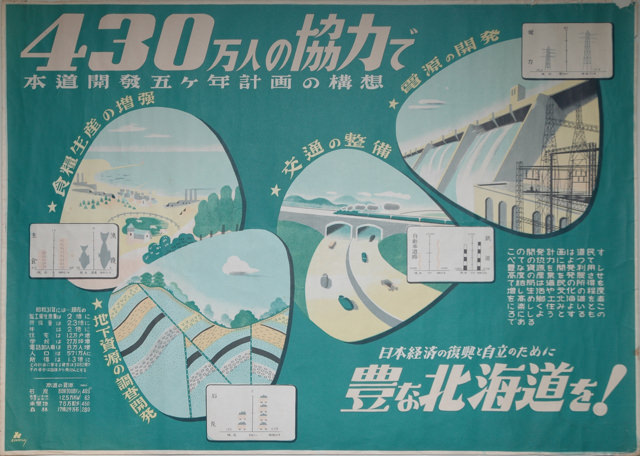
This is the poster displaying the First Term the First Five-Year of A Comprehensive Development Plan of Hokkaido, which started in 1952. At the time, people were looking forward to post war economic recovery. Important plans printed in this poster were ones to increase food production, researching and development of underground resources, public transportations improvement and development of power resources such as dam construction.
Small, Lightweight Paddy Field Tractor
Small, Lightweight Paddy Field Tractor
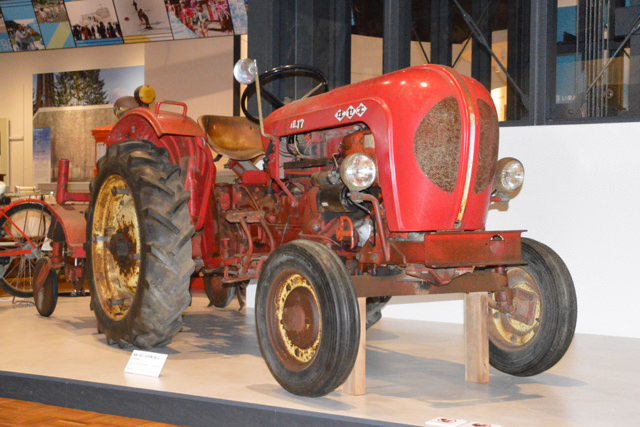
This tractor was produced by ISEKI & CO., LTD and started selling in 1967. It has an overall length of 2,600mm, an overall height of 1,370mm, and an overall width of 1,370mm. It was equipped with a two-cylinder air cooling diesel engine made by the Kawasaki Aircraft Company. It had an engine capacity of 822 cc.
The Dream Car “Publica” by Toyota
The Dream Car “Publica” by Toyota
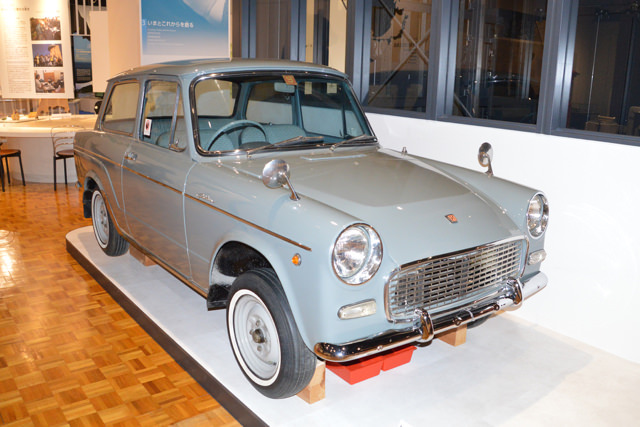
This car was produced by Toyota Motor Co., Ltd. (present-day Toyota Motor Corporation) in1961. The name was chosen from submissions from the public. The body has an overall length of 3,585mm, an overall height of 1,380mm and an overall width of 1,425mm. The vehicle body weight was 600 kg and it was equipped with an air cooling two-cylinder horizontally opposed engine. The engine capacity was 697 cc and the maximum speed was 110km.
Electric Washing Machine
Electric Washing Machine
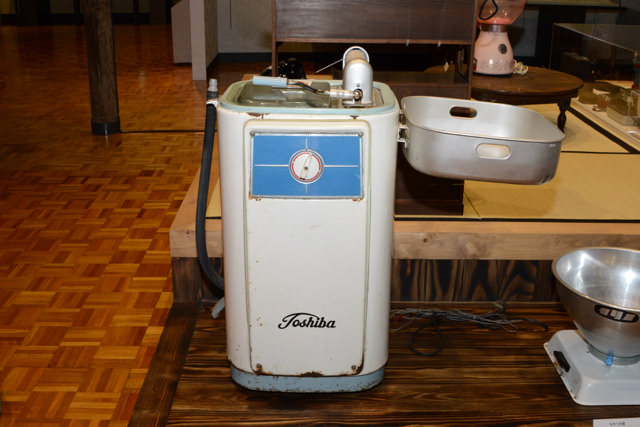
Tokyo Shibaura Electric Co., Ltd. (present-day Toshiba Corporation) produced this VQ-3 automatic reversal jet styled washing machine in 1957. This washing machine has a roller type dryer. By putting washed clothes between these two rubber rollers you can then wring the water out by turning the handle.
Television
Television
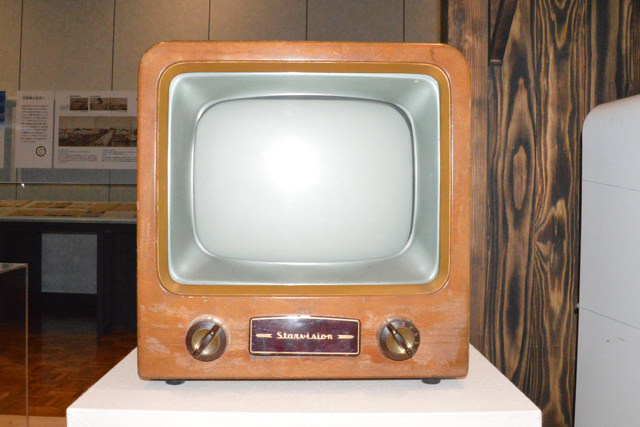
Television broadcast started in 1953. In 1956, NHK Sapporo TV station was opened and broadcasting began in Hokkaido too. Televisions, refrigerators and washing machines, these three home electronic appliances were the”Three Sacred Treasures” at the time. One popular TV program at the time when the broadcast begun was the live coverage of wrestling and sumo. It was common to see a gathering of people in front of street televisions or any other facilities with televisions. After the crown prince wedding in 1959 and the Tokyo Olympic Games in 1964, televisions were widely spread to Japanese families.
Tetsujin 28-Go and Kewpie doll
Tetsujin 28-Go and Kewpie doll
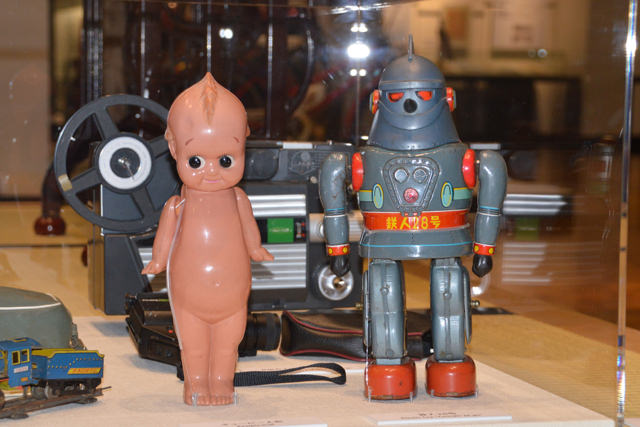
In the high economic growth period, many toys made out of plastic and vinyl were mass produced. The main characters from popular comic books and sports players were often the models of those toys. Tetsujin 28-Go was serialized in Monthly Boys Manga Magazine Shonen in1956. Kewpie dolls were already imported to Japan in the Taisho era and has been loved by many even now.
Facial Beauty Instrument
Facial Beauty Instrument
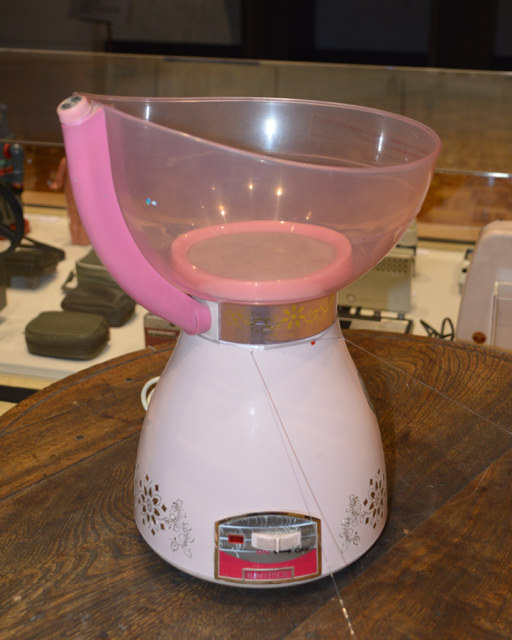
This ultrasonic facial beauty instrument was produced by Corona Industries LTD. starting in 1974. According to the company's blog post, even though the sales price at the time was 39,800 yen, which was considered expensive, it was a big hit and sold 1.5 million units in two years.
ANUTARI AINU Magazine published by young Ainu people
ANUTARI AINU Magazine published by young Ainu people
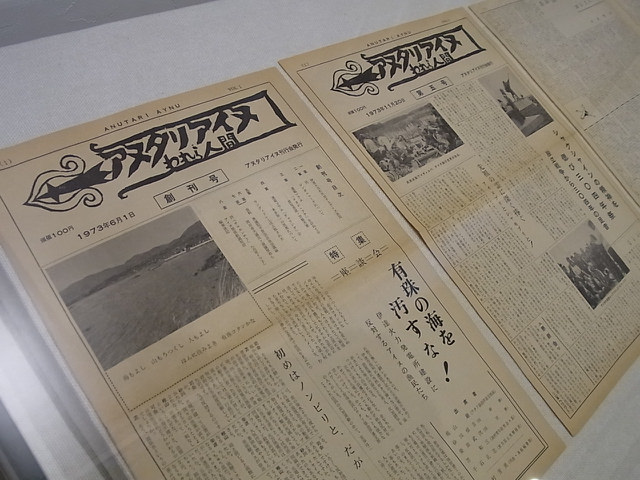
The magazine was first published in 1973. It contained opposition opinions over the construction of a thermal power station. As well as articles about new ways of looking at historical events, such as the Shakushain's War and Menashi-Kunashir Rebellion, and also had an interview series called “Visit Ekashi and Fuchi” for elderly people.
